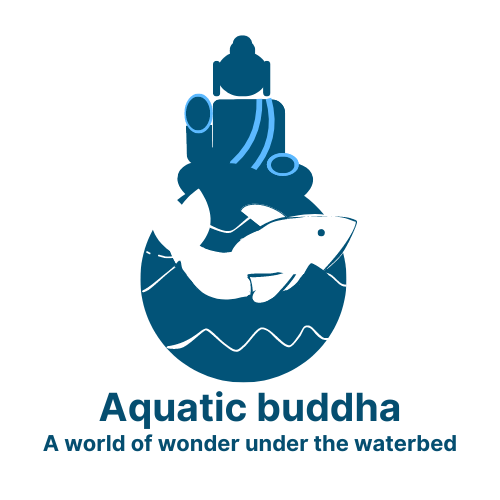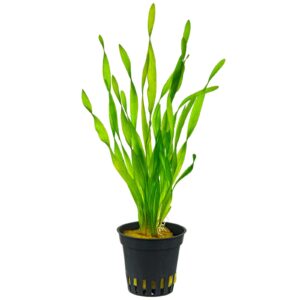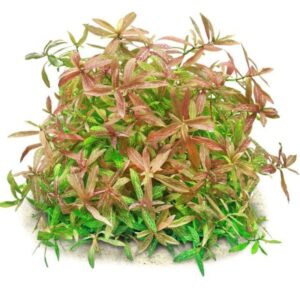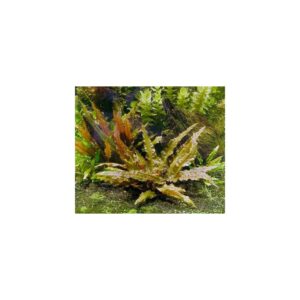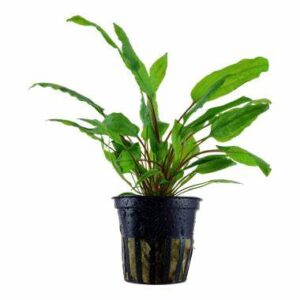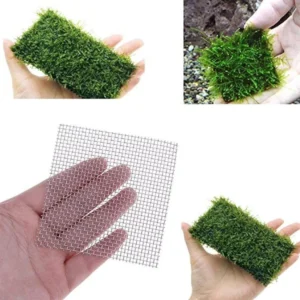You can contact us 24/7 9068800437
The best discounts this week
Every week you can find the best discounts here.
Vallisneria twisted
Aponogeton Crispus
Hygrophila polysperma rosenervig
Cryptocoryne Wendtii Tropica
Cryptocoryne wendtii ‘Green’
Java Moss on Stainless Steel
FAQ
Frequently Asked Questions (FAQ)
What size aquarium should I get for my fish?
The size of your aquarium depends on the type and number of fish you want to keep. As a general rule, each inch of fish requires approximately 1 gallon of water. For example, a 20-gallon tank is ideal for a small school of small fish. Larger fish or species that grow big need larger tanks. If you’re unsure, our team can help you choose the right tank size based on your preferences.
How often should I clean my aquarium?
Routine maintenance is important to keep your aquarium healthy. You should clean your tank approximately once a week or every two weeks, depending on the size of the tank and the number of fish. This includes removing debris, checking water quality, and performing partial water changes (about 10-15% of the total volume).
What type of water should I use in my aquarium?
For freshwater tanks, tap water is generally fine, but it must be conditioned to remove chlorine and chloramine. For saltwater tanks, you’ll need to use saltwater mix with distilled or reverse osmosis (RO) water. Always test water parameters (like pH, hardness, and ammonia levels) regularly to ensure a healthy environment.
How do I set up a new aquarium?
Setting up a new aquarium involves several steps:
- Choose a suitable location: Ensure it’s stable, away from direct sunlight, and near a power source.
- Install the tank: Place the aquarium on a sturdy stand or surface.
- Add substrate: Sand, gravel, or another substrate is essential for a natural environment.
- Install equipment: Set up your filter, heater (if needed), lights, and air pump.
- Fill the tank with water: Use dechlorinator if you’re using tap water.
- Cycle the tank: Before adding fish, allow the tank to go through the nitrogen cycle (this may take 2-4 weeks). Test water regularly during this period.
What is aquarium cycling, and why is it important?
Cycling refers to establishing beneficial bacteria in your aquarium that help break down toxic waste (like ammonia and nitrites) into less harmful substances. Without cycling, harmful chemicals can build up, which could harm or kill your fish. It’s important to cycle your tank before introducing any fish to ensure a stable environment.
How can I reduce algae growth in my aquarium?
Excess algae growth can be controlled by:
- Limiting light: Ensure your aquarium isn’t exposed to direct sunlight or use a timer for your lights.
- Regular cleaning: Remove algae from tank walls and surfaces.
- Controlling nutrients: Avoid overfeeding and remove uneaten food.
- Adding live plants: Live plants compete with algae for nutrients and help keep algae growth in check.
What types of fish are good for beginners?
Some good fish choices for beginners include:
- Betta fish
- Guppies
- Tetras (Neon Tetras, etc.)
- Corydoras catfish
- Zebra Danios These species are hardy, easy to care for, and do well in smaller aquariums.
Do I need a heater for my aquarium?
Heaters are generally necessary for tropical fish that thrive in warm water (typically between 75°F and 80°F). Coldwater fish like goldfish or minnows generally don’t need a heater. Make sure to choose a heater that is appropriately sized for your tank.
How do I know if my fish are healthy?
Healthy fish exhibit vibrant colors, active swimming, and clear eyes. Look out for signs of illness such as:
- Loss of color or faded patches
- Lethargy or abnormal swimming behavior
- Visible lesions or wounds
- Clamped fins or rapid gill movement If you notice any of these symptoms, it’s important to test the water quality and consult with an aquarium specialist or veterinarian.
Can I mix different species of fish?
Many fish can coexist, but it’s important to research the compatibility of species before introducing them to the same tank. Some fish are territorial, and others may eat smaller or slower-moving species. In general, make sure to choose fish with similar water requirements and temperaments.
How can I prevent and treat common fish diseases?
To prevent disease, maintain good water quality, avoid overfeeding, and quarantine new fish before introducing them to your main tank. Common diseases include:
- Ich (white spots): Can be treated with medicated solutions and elevated water temperature.
- Fin rot: Caused by poor water conditions; treat with antibiotics and improve water quality.
- Swim bladder disease: Often caused by constipation; treat with a special diet and reduce feeding.
What is a protein skimmer, and do I need one?
A protein skimmer is used in saltwater aquariums to remove organic waste from the water before it breaks down into harmful substances. If you’re setting up a saltwater or reef tank, a protein skimmer can help maintain water quality by removing excess proteins and waste products.
. What is live rock, and why is it important for saltwater aquariums?
Live rock is natural rock that comes from the ocean and contains live bacteria, coralline algae, and small organisms that are beneficial for maintaining water quality in saltwater aquariums. It provides both biological filtration and a natural habitat for fish and invertebrates.
Can I have live plants in my aquarium?
Yes, live plants are a great addition to freshwater aquariums. They help maintain water quality by absorbing nitrates and providing oxygen. Live plants also offer hiding spots for fish and contribute to a more natural aesthetic. Make sure to select plants that are compatible with your tank’s lighting and water parameters.
How do I maintain the right water temperature in my aquarium?
Use a reliable aquarium heater to maintain the temperature, especially for tropical and saltwater fish. Make sure the heater is the appropriate wattage for your tank size and use a thermometer to monitor water temperature regularly.
Can I travel while owning an aquarium?
Yes, but you’ll need to plan ahead. You can use automatic fish feeders for feeding and consider hiring someone to check on your tank while you’re away. Ensure the tank’s filtration system and heater are working properly before leaving for an extended period.
